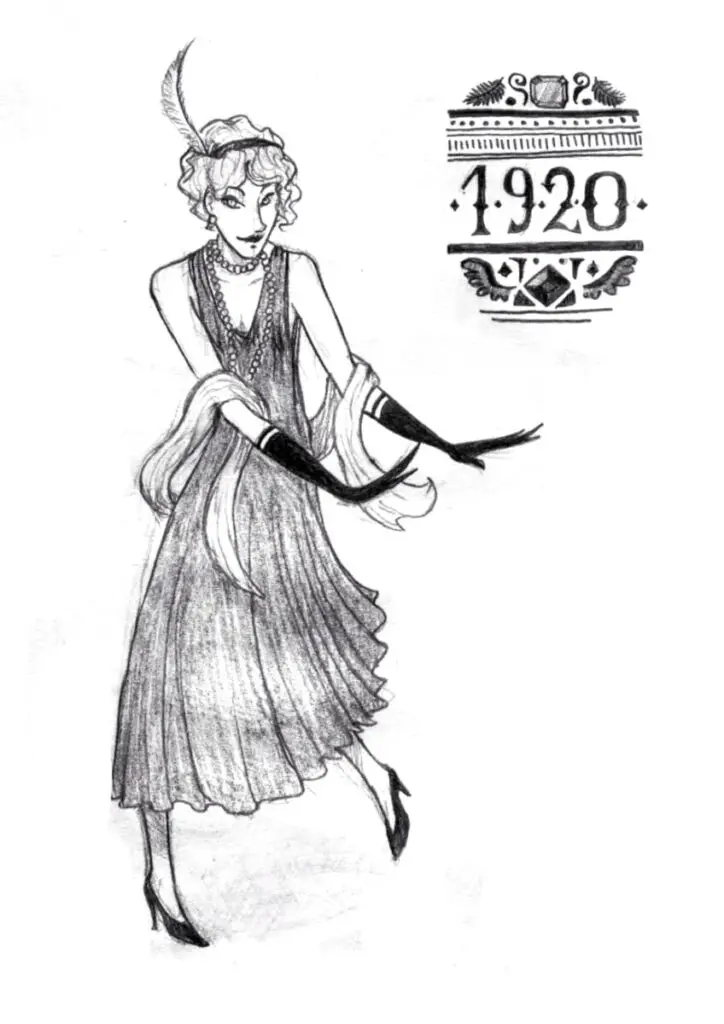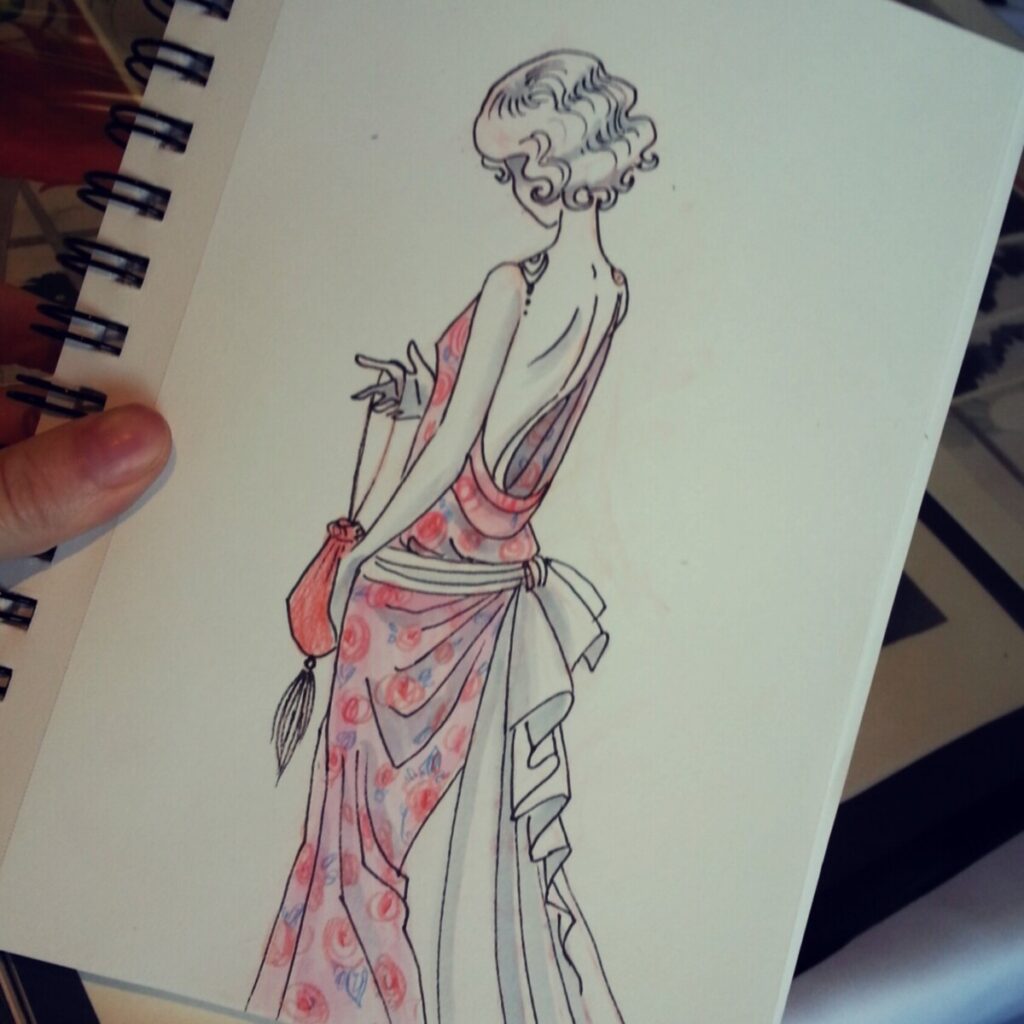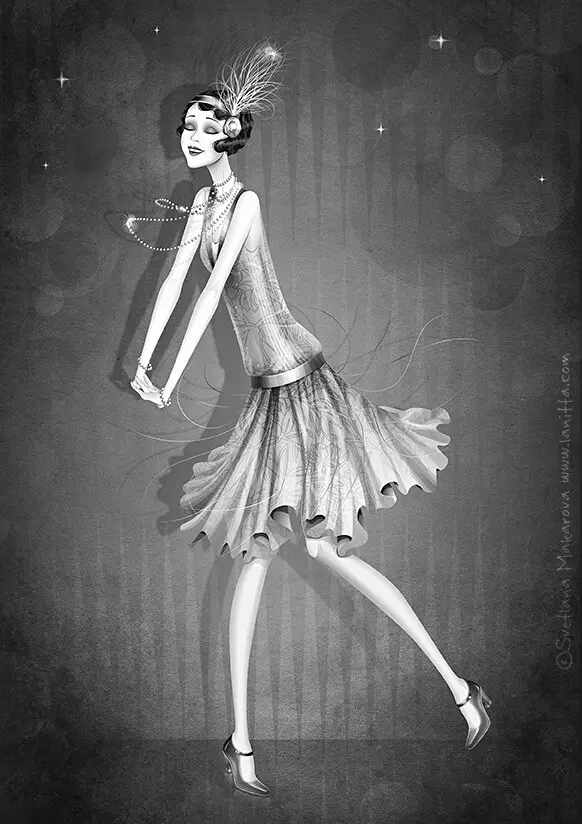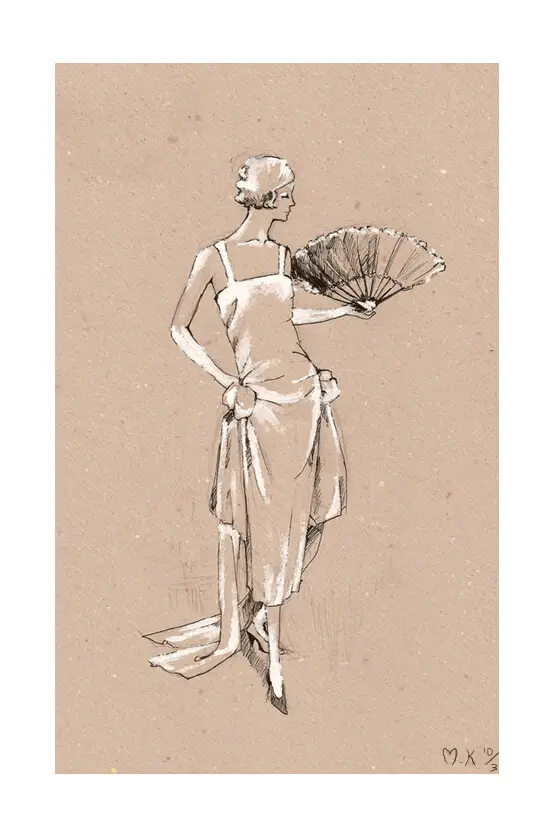The 1920s, known as the Roaring Twenties and the Jazz Age, was a time of great social change and cultural upheaval. One of the most significant aspects was the popular dance styles of the 1920s. They reflected the spirit of the time and reflected newfound freedom and liberation after the Great War.
Young people defined the decade in many ways, and popular dance styles of the 1920s were part of their cultural context. The end of World War I brought about a sense of optimism and a desire to break free from the constraints of the past.
Jazz music, which had its roots in African American culture, fuelled the change in Europe and America. Its infectious rhythms and syncopated beats provided a perfect backdrop for the new dance styles that emerged.
The 20s dance styles saw the rise of nightclubs and speakeasies, which provided a space for people to socialise and dance the night away.

- Key Takeaways
- The 1920s was a time of great social change and cultural upheaval, which led to the birth of new dance styles.
- Jazz music, which had its roots in African American culture, played a significant role in the development of the popular dance styles of the 1920s.
- Nightclubs and speakeasies provided a space for people to socialise and dance
What were the Dance Styles of the 1920s
In the 1920s there was a momentous change in dance styles, as people looked for new ways to express themselves. Then came:
James King Blog
- the fast footwork and swinging arms of the Charleston, and
- the Black Bottom from African American communities in the deep south of America.
New dance styles reflected the 1920s dance shift, as the era saw the rise of jazz music. This led to the creation of novel dance styles that were faster and more energetic. Let’s take a look at some of the most popular dance styles of the 1920s:
Charleston
The Charleston is the most iconic dance style of the 1920s. It originated in the African American community in Charleston, South Carolina, and quickly spread throughout America. The dance involves swinging the legs and arms in a fast-paced, high-energy routine that perfectly captures the spirit of the Roaring Twenties.
Lindy Hop
Lindy Hop is known as the original swing dance and is still popular today. It is a partner dance that involves a lot of improvisation, fast footwork, acrobatic moves, and high energy. Lindy Hop was born in Harlem, New York, and quickly became popular in dance halls across America.
Black Bottom
The Black Bottom is a dance style that originated in the African American community in the 1920s. It is fast-paced, energetic and involves a lot of hip and leg movement. The dance became popular after it was featured in the Broadway show Dinah in 1925.
Foxtrot
The Foxtrot is a smooth and elegant dance style that originated in the early 20th century. It is a partner dance that involves a lot of gliding and sliding across the dance floor. The Foxtrot becames one of the most popular dance styles of the 1920s and is still danced in ballrooms today.
Jitterbug
The Jitterbug is an anomaly on this list because the fast, energetic dance style actually originated in the 1930s. But it needs to be here because its roots are in the dance styles of the 1920s. It is a partner dance that involves a lot of acrobatic moves, including lifts and aerials.
Others
Other popular dance styles of the 1920s are the:
- Turkey Trot,
- Shimmy, and
- Shag.
Cultural Context
The Roaring Twenties and the Jazz Age was a time of profound change in American society. The end of World War I brought with it a sense of excitement and optimism, which was reflected in:
- music,
- art, and
- fashion.
Jazz music, which originated in New Orleans in the late 19th century, became more popular during the 1920s. It was associated with a new culture of frivolity and excess that emerged in the wake of the war.
Change in Moral Standards
One of the most significant changes of the 1920s was the loosening of moral standards. Good time girls, also known as flappers, were young women who rejected traditional gender roles and embraced a more independent and carefree lifestyle. They wore shorter skirts, bobbed their hair, and smoked and drank in public.
This new attitude towards sexuality and personal freedom was reflected in popular culture, including music and dance styles.
Dance Halls Popularity
As 1920s dance styles became popular, young people flocked to dance halls and speakeasies to socialise and let their hair down, so to speak. The dance styles of the 1920s were energetic and sensual. They shocked many of the older generation, who considered them scandalous and even obscene.
The Charleston, which originated inAfrican American communities in the early 20th century, was the most popular dance of the 1920s. The young adopted it because of its exciting fast-paced, syncopated movements.
Music’s Impact on 1920s Dance
Richard Powers, a dance historian, notes that the dance styles of the 1920s were heavily influenced by the music of the time. Jazz, with its emphasis on improvisation and rhythm, provided the perfect backdrop for energetic and expressive dance. The popularity of these dance styles of the 1920s reflected the broader cultural context of the time.
The focus was on:
- individualism,
- self-expression, and
- rebellion against traditional values.
African American Culture Impact
The African-American community played a significant role in shaping the culture of the great social and cultural change in America in the 1920s. Its influence can be seen in the emergence of the Charleston, the Black Bottom, and the Lindy Hop.
Charleston
Many Charleston steps were derived from traditional African dance. The dance style that originated in South Carolina spread throughout America.
Black Bottom
Many Black Bottom steps were also derived from traditional African dance, characterised by its syncopated rhythm and hip movements. The dance was named after the vibrant nightlife of the Black Bottom District of Detroit.
Swing
Swing dance is characterised by energetic movements and improvisation. The term Swing Dance is used for the fusion of African-American styles. They played a significant role in the development of 1920’s dance styles. And they included the Charleston, the Black Bottom, and the Lindy Hop.
Takeaway
The influence of African American culture on the dance styles of the 1920s cannot be overstated. The Charleston, the Black Bottom, the Lindy Hop, and Swing were all heavily influenced by African American culture and helped to shape the cultural landscape of the time.

Ballroom Dancing in the 1920s
Ballroom dance styles of the 1920s were influenced by the music of the time, which was upbeat and lively. Many popular ballroom dance styles of the era originated in Europe and Latin America. For example, the:
- waltz,
- tango, and
- samba.
The Tango was a popular ballroom dance in the 1920s. The style that originated in Argentina and has dramatic, passionate movements. The Tango became popular in Europe and the United States and is still popular.
In addition to these traditional ballroom dances, the 1920s also saw the rise of contemporary dance styles, such as the Brazilian Samba. It was influenced by African rhythms and fast, energetic movements.
Ballroom dancing in the 1920s was a social activity that brought people together and allowed them to express themselves through movement and music. Whether dancing the fox-trot or the tango, ballroom dancers of the era embodied a spirit of confidence and elegance that still inspires the dancers of today.
The Role of Nightclubs
Nightclubs were integral in the explosion of dance styles of the 1920s. They provided a place where people could join together and listen and dance to the latest music. Many nightclubs engaged live jazz bands to play the most popular music of the era. The lively atmosphere and upbeat music made nightclubs the perfect place to dance the night away.
However, getting into a nightclub was not always easy. To gain entry, ladies had to pass a corset check. A female attendant inspected undergarments to ensure the girls were not hiding prohibited items. The main purpose was to prevent them smuggling alcohol, illegal during the Prohibition era, onto the premises.
Police raids on nightclubs were common during the 1920s. They often raided clubs to catch people drinking alcohol. When the police arrested patrons, it often led to the closure of clubs.
Despite the challenges, 1920s nightclubs continued to be popular among the young. The Savoy Ballroom in Harlem, New York, was one of the most famous nightclubs of the time. It had a large dance floor, and it attracted some of the best dancers in America. The Savoy was a melting pot of diverse cultures, and it played a significant role in the development of jazz music and dance styles.
Takeaway

Nightclubs were an integral part of the evolution of dance styles of the 1920s. They were a place for people to listen and dance to the latest music. Despite frequent police raids, nightclubs remained popular. Harlem’s famous Savoy Ballroom was a prime example of the nighclub impact.
Famous Dancers of the 1920’s
The 1920s were known for iconic dance styles and famous dancers. Here are 5 of the most famous:
- Josephine Baker – A dancer, singer, and actress who found fame in France during the 1920s.
- Fred Astaire – An American actor and dancer, famous for elegant and graceful dance moves.
- Ginger Rogers – An American actress, singer, and dancer famously known for her dance partnership with Fred Astaire.
- Bill “Mr. Bojangles” Robinson – The American actor and tap dancer was well-known for fast and intricate footwork.
- Louise Brooks – American dancer and actress, Brooks’ iconic bob haircut and her role in the film Pandora’s Box, made her famous.
These famous dancers and performers helped to shape the dance and entertainment culture of the 1920s.
Music and Dance in the 1920s
The Roaring Twenties were known as the Jazz Age at a time when jazz music became popular and dance styles became livelier and more free-spirited. Jazz music had a significant impact on the dance styles of the era. Fast-paced rhythms and improvisation inspired dancers to move in new and exciting ways.
- The Fox Trot – Popular in the era, the Foxtrot is a formal ballroom dance involving slow, smoother movements. It was performed to big band music, characterised by brass and percussion instruments.
- The Blues – Had a significant impact on 1920’s dance styles. Blues was played in juke joints and other informal settings. Slow, soulful rhythms inspired dancers to move in a more sensual and expressive way.
- Running Wild – A famous song of the era, written by James P. Johnson became the theme song for the Broadway show Runnin’ Wild. The song’s fast-paced rhythms and catchy melody made it a popular choice for dancers, and it is still considered a classic of the era.
Takeaway
The music and dance styles of the 1920s were characterised by energy, spontaneity, and a sense of freedom. The era’s music and dance styles continue to influence popular culture today and remain an important part of the history of American music and dance.

Frequently Asked Questions
- Were there regional variations in dance styles during the 1920s?
Yes, regional variations existed. While dances, such as the Charleston, were popular nationwide, local variations and influences could be found in different regions of the United States.
- Were there dance competitions in the 1920s?
Yes, dance competitions were popular in the 1920s, especially for the Charleston and the Lindy Hop. These competitions were usually held in ballrooms and dancehalls.
- How did flapper fashion influence dance styles of the 1920s?
The fashion of the flapper, with its loose fringe-laden dresses, influenced dance styles by allowing greater freedom of movement. Dancers could express themselves more dynamically with the fashionable attire of the time.
- Did dance styles in the 1920s extend beyond social dancing to professional performances?
Yes, dance styles of the 1920s were not only for social settings but also featured in professional performances. Broadway shows and vaudeville acts often incorporated popular dances of the time.
Why not Join Us
If you enjoyed this article, we would like to offer you two gifts – our Starter Pack of 4 James King’s books and our Weekly Digest, which you can receive by email.

